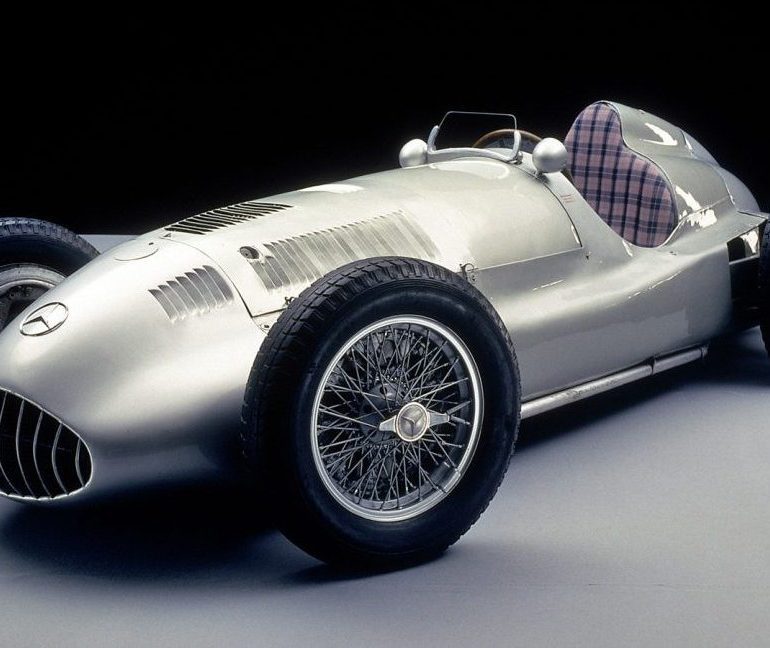Fed up with seeing their major races won by the Germans in the 1930s, the Italians allowed only 1½-liter entries in their 1939 races to eliminate their opposition. They reckoned without the astonishing skills of the Daimler-Benz Racing Department.
The most glamorous Grand Prix race of the 1930s was not at Monaco, not at Dubai, not at Singapore. It was in Northern Africa in the Italian colony of Libya, at Tripoli. To the racing teams, especially those emerging from winter in rainy France or foggy Germany, sailing to Tripoli in May was a liberating journey to a paradise of Arabian opulence under the sun and palms. Only when the hot, salty ghibli blew from the sea, stirring up red sand and biting fleas, was this exotic land less than hospitable to its distinguished guests?



